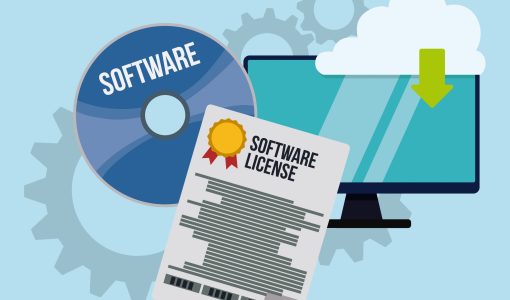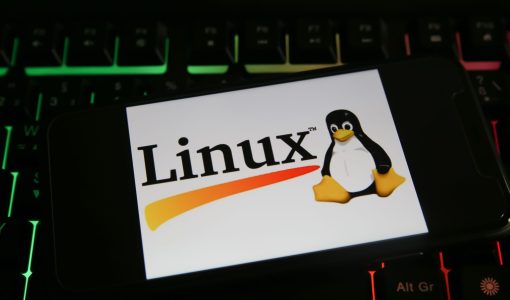Configuring static IPv6 on Linux
- rafael.barbosa
- February 18, 2022
In today’s tutorial I’m going to show you how to perform static IPv6 configuration for the Linux operating system. The IPv6 protocol has come to replace the old IPv4. Migration to IPv6 today is extremely important and inevitable given the scarcity of IPv4 addresses worldwide. The IPv6 address is a little different from the IPv4




